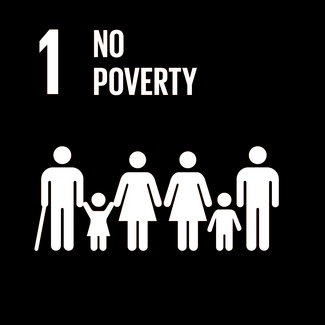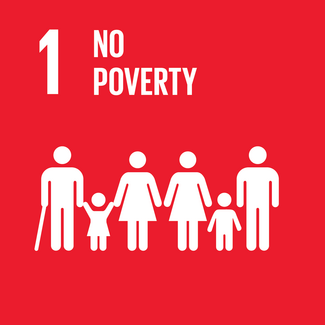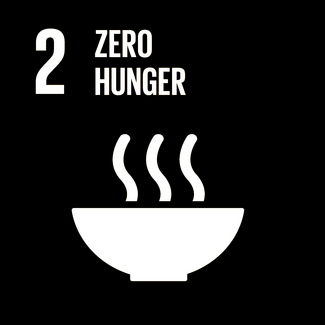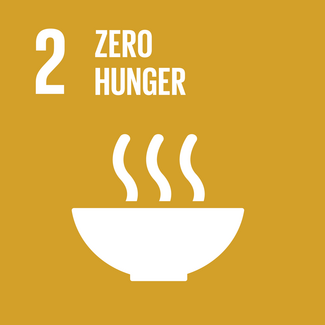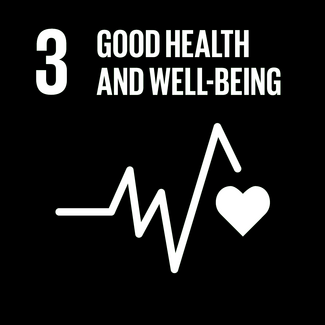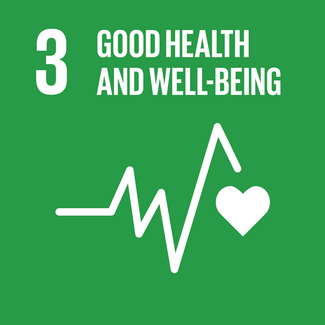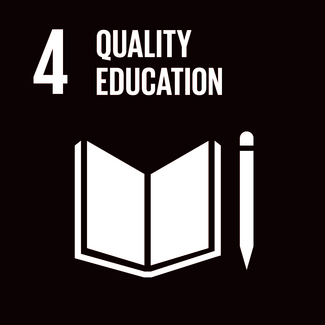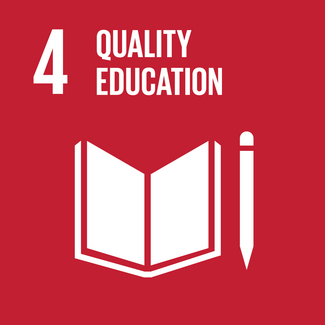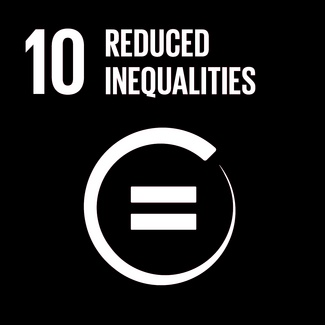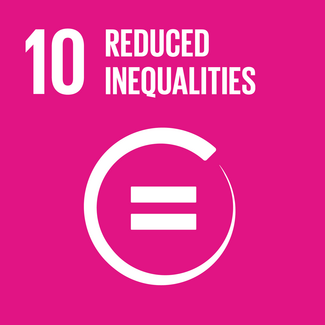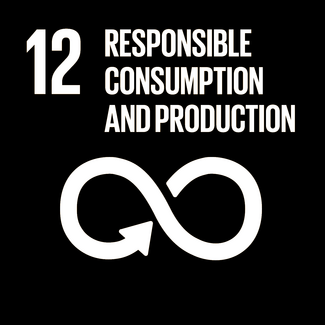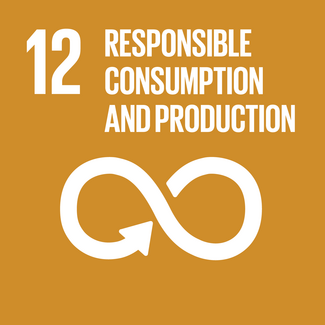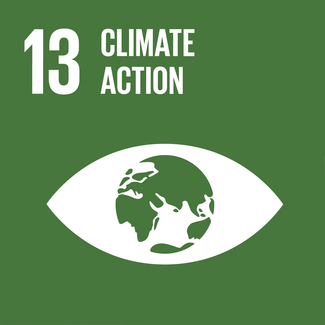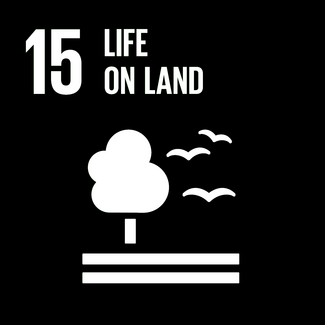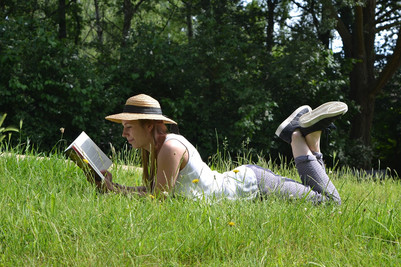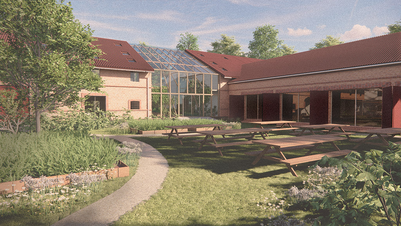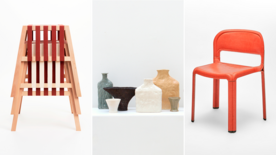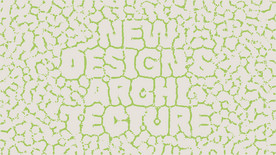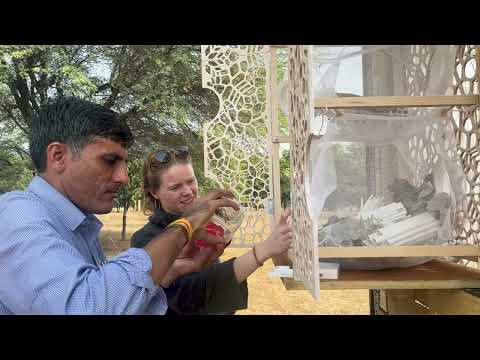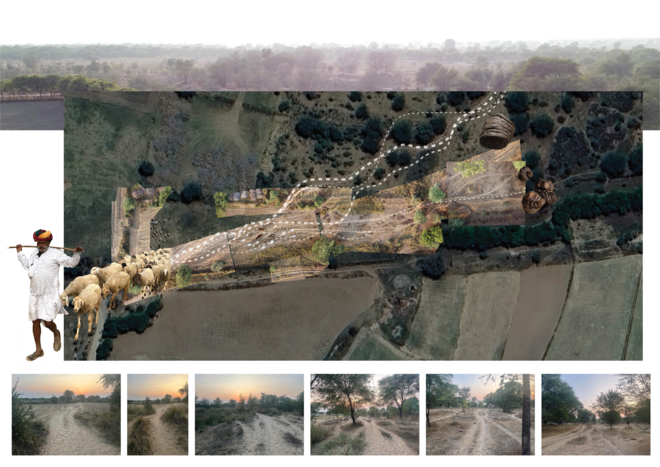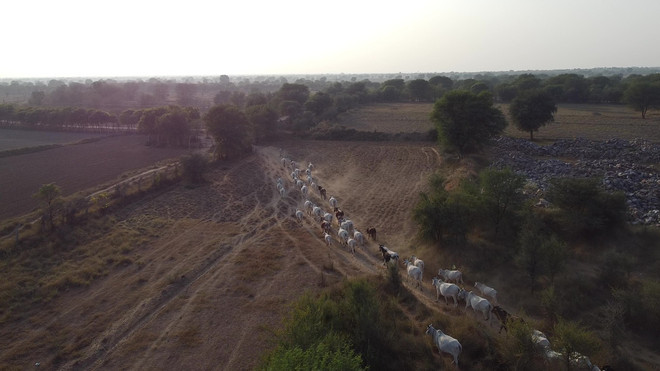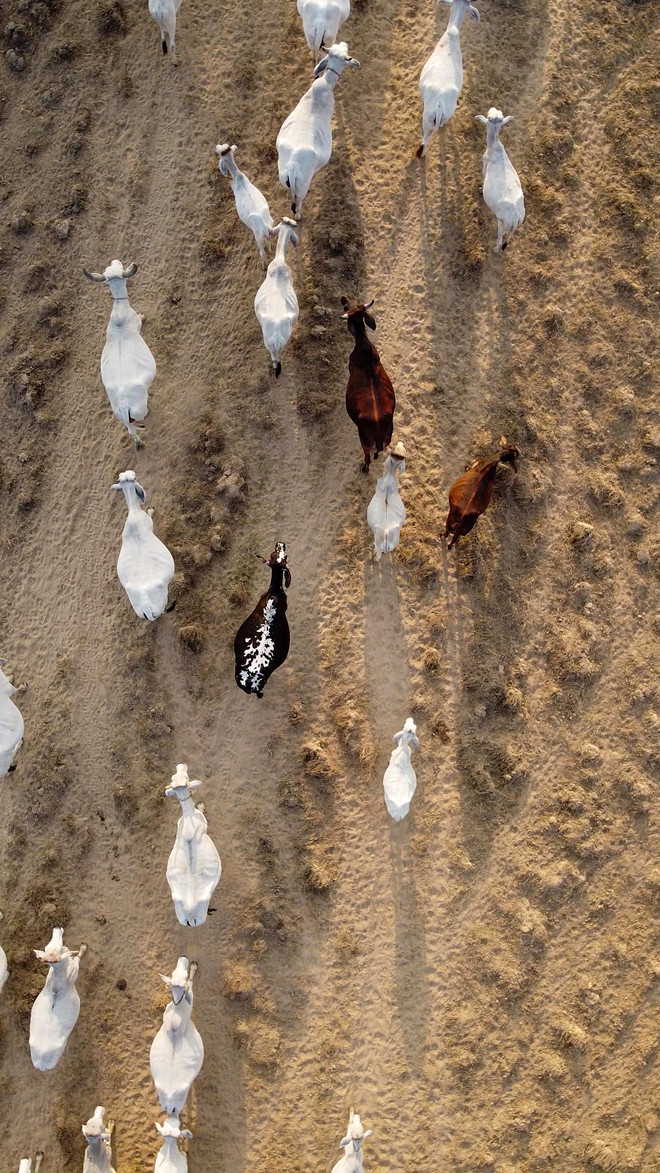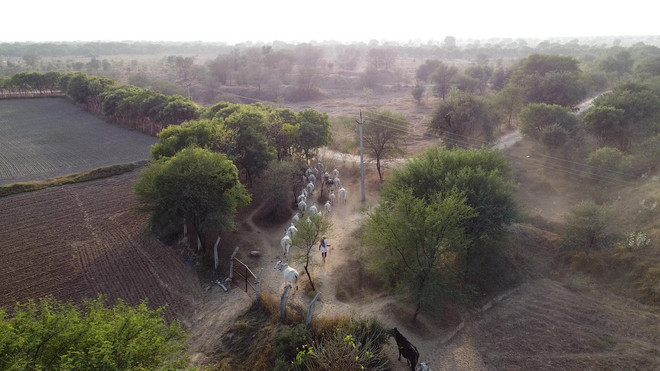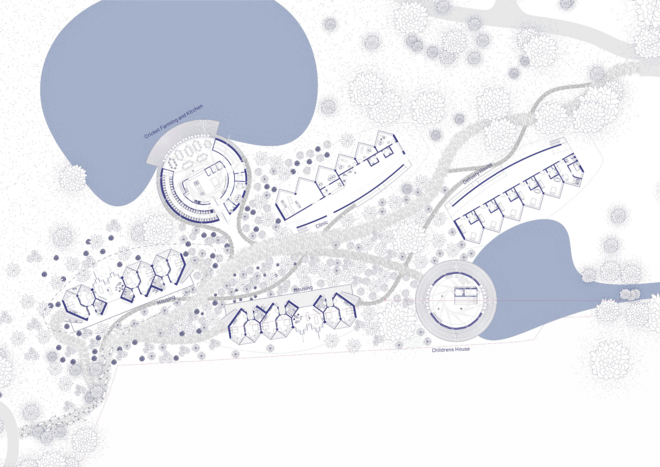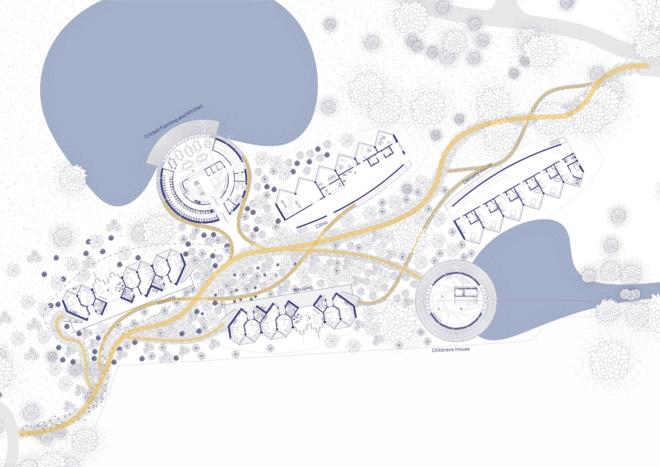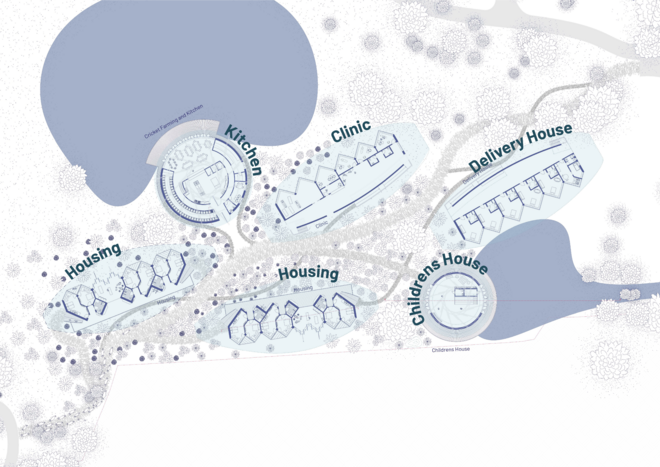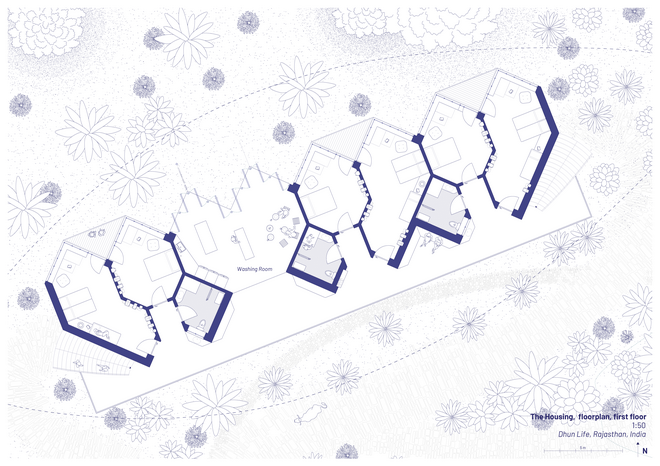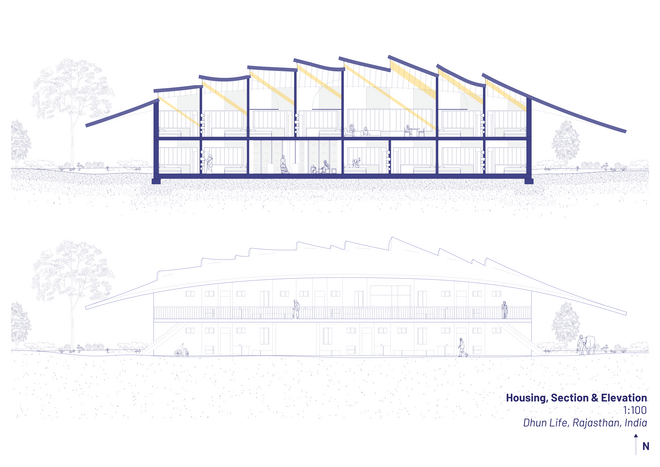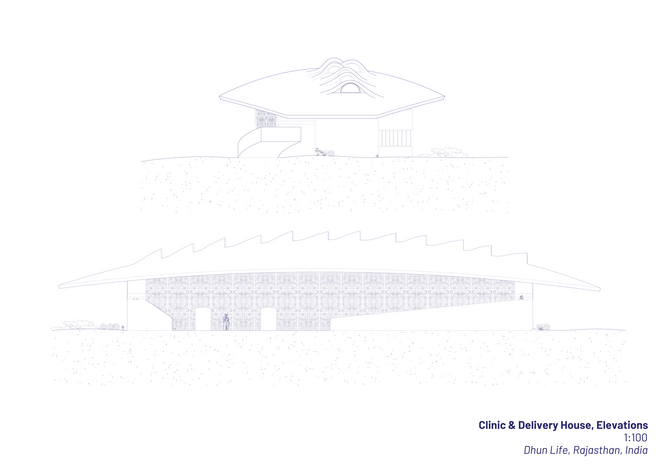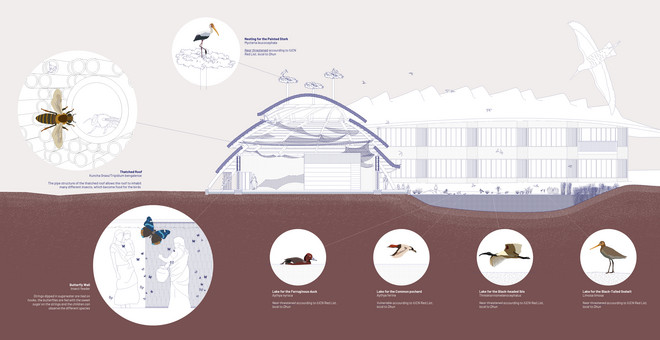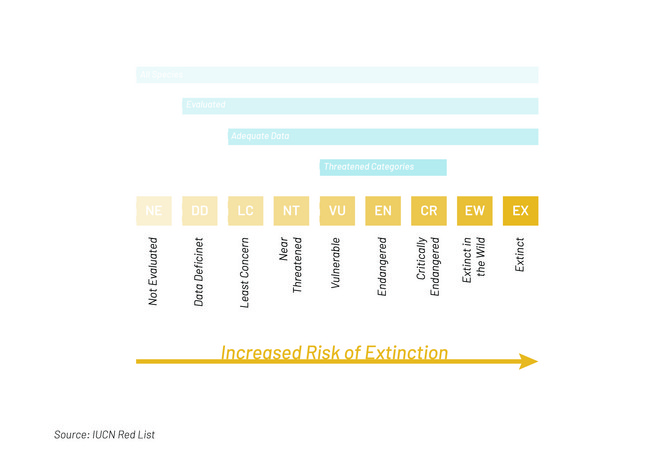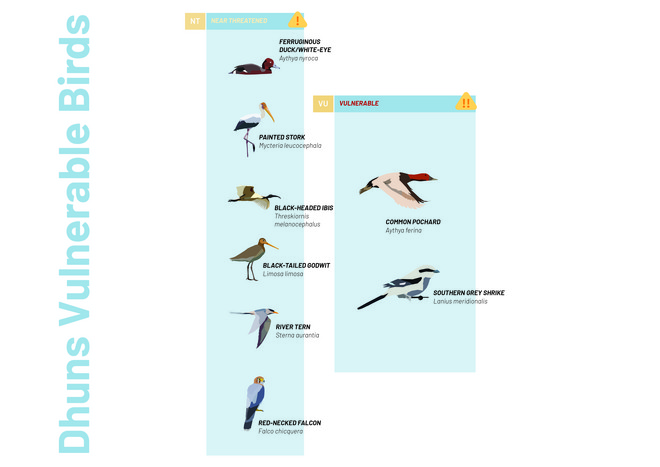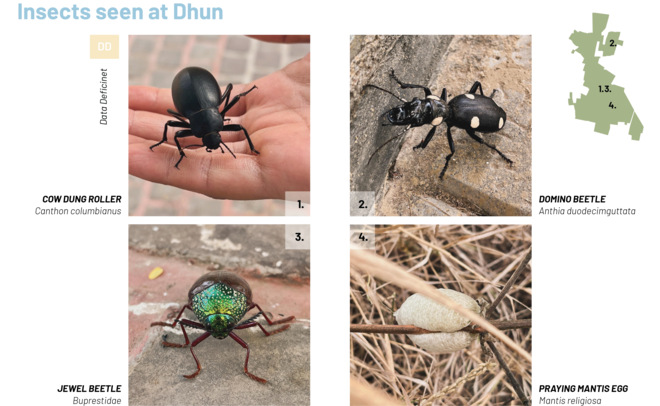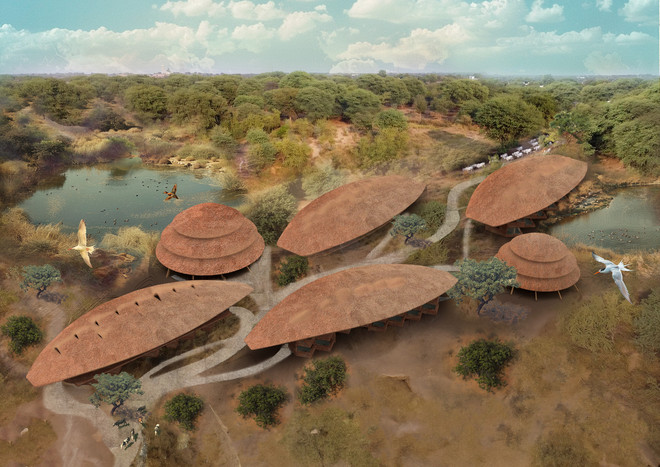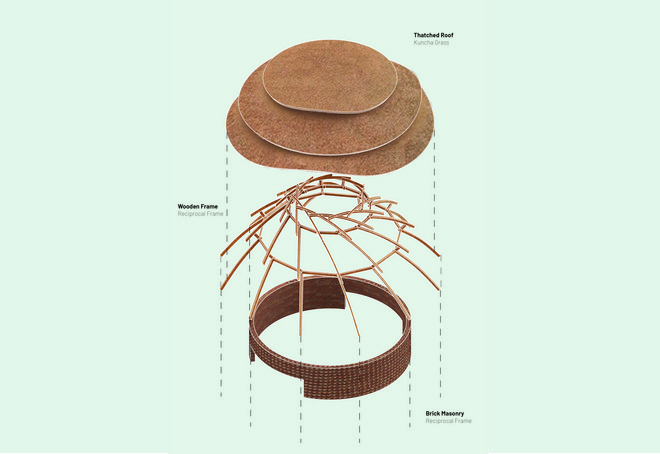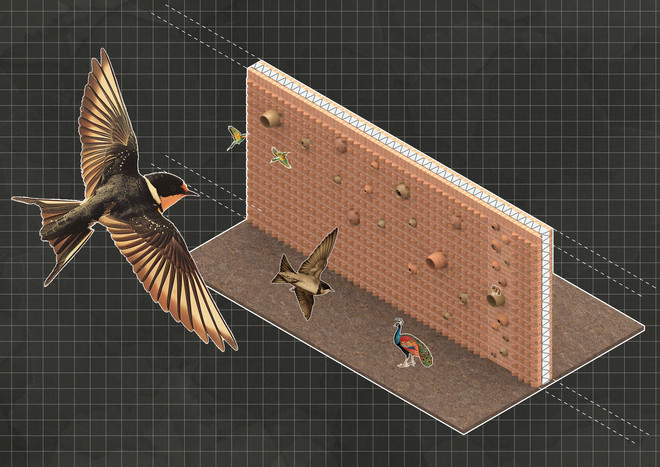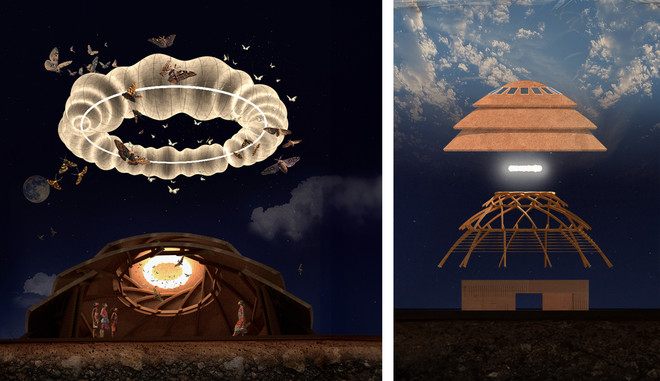
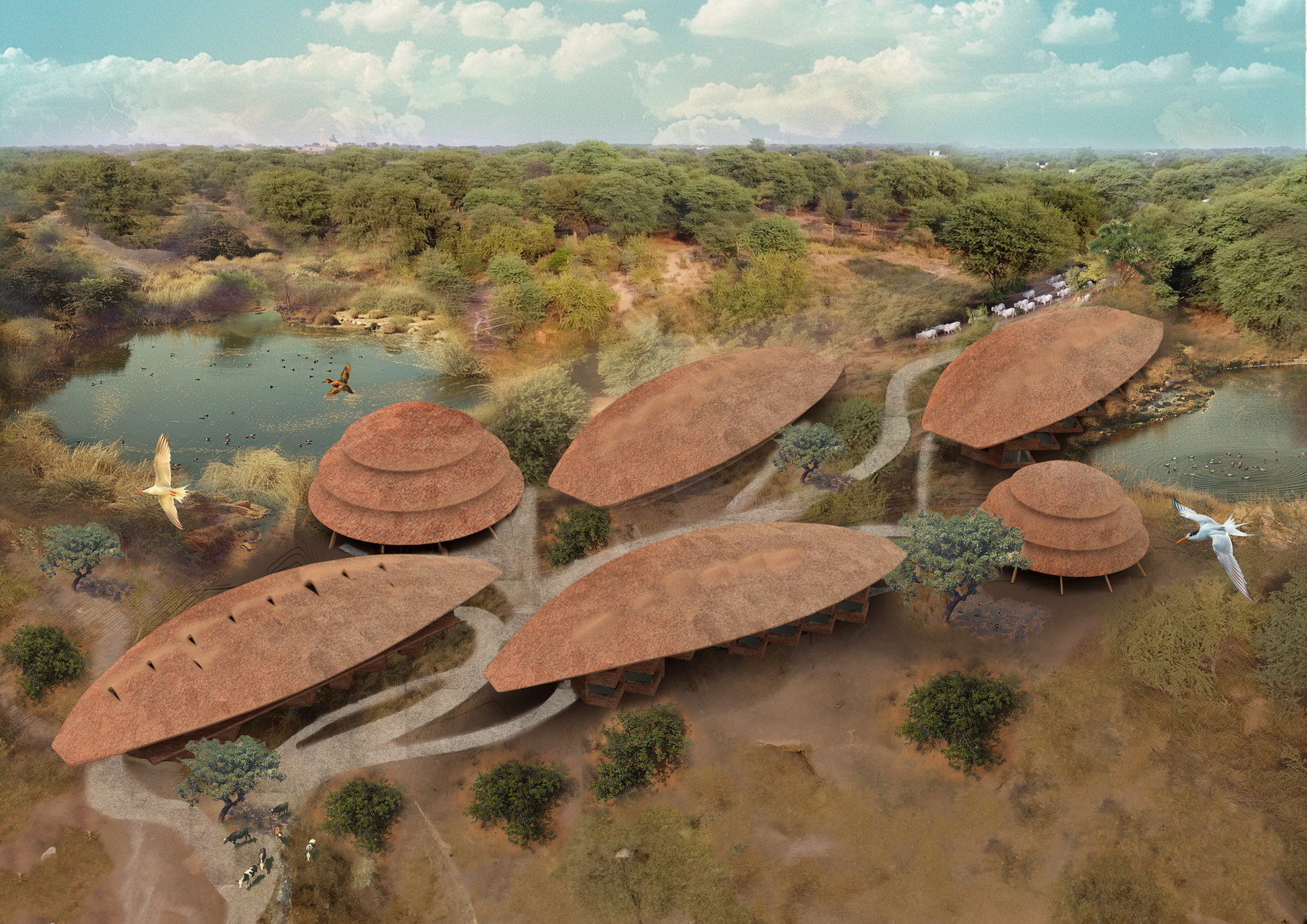
Mothering Nature
"Mothering Nature" explores a birth clinic in Rajasthan, India, through the lens of multispecies living. Rajasthan faces high rates of malnutrition among pregnant women and their young children. Meanwhile, biodiversity is declining globally. The project investigates how architecture can establish an environment for a mutually beneficial relationship in which both humans and nature thrive.
WHAT: The program builds on the previous semester’s investigation into malnutrition in Rajasthan. The proposal involves creating a multispecies habitat that includes health and education facilities for children and their mothers, along with habitats for insects and animals from the local ecosystem. The project’s goal is to establish a space where human inhabitants and various organisms coexist, learning from each other, exchanging resources, such as food, and ultimately benefiting mutually. By fostering economic independence, the project aims to provide opportunities for children and mothers from low economic backgrounds to engage with Dhun.
WHERE: The project takes place in the newly constructed township of Dhun, situated 30 km southwest of Jaipur in Rajasthan, India. The proposed interventions are located on a plot of land in the northeastern part of Dhun. This plot is in proximity to existing school and workshop facilities and is situated in an area rich in biodiversity.
WHY: Malnutrition is a pressing issue throughout India. In Rajasthan, the arid climate adds additional pressure to nutritional health. Effectively addressing malnutrition requires prioritizing assistance to children and pregnant women as they are the most vulnerable and can experience long-term health drawbacks. Their needs include treatment, healthy nutrition, and education. Simultaneously, biodiversity is threatened worldwide. Despite Rajasthan’s arid and harsh climate, which presents challenging living conditions, the state harbors rich biodiversity that requires careful preservation. This biodiversity has the potential to enhance living spaces for both humans and other organisms in nature.
HOW: The program aims to explore the coexistence of humans with nature and its organisms, investigating the role of the built environment in the ecosystem. It proposes facilities to support expectant mothers and children’s education while addressing malnutrition through locally farmed, nutrition-rich produce. The initiative views malnutrition as both an acute condition and a preventable one. The approach seeks to intertwine ecological awareness, sustainable practices, and nutritional education to create a holistic solution to the challenges posed by malnutrition in the region.
The Cricket Closet
The Prototype: During our 5-week stay in Rajasthan, India, in November 2023, a prototype was tested in the local climate. The prototype, explored in the 3rd semester, investigated whether a facade element could function as a vertical cricket habitat, enabling locals to harvest them for resources. This would allow for decentralized, self-sustaining protein production. The prototype was a double-sided closet, allowing users to open it from both sides. Behind wooden perforated doors were four netting bags designed to contain crickets of various sizes.
Det Kongelige Akademi understøtter FN’s verdensmål
Siden 2017 har Det Kongelige Akademi arbejdet med FN’s verdensmål. Det afspejler sig i forskning, undervisning og afgangsprojekter. Dette projekt har forholdt sig til følgende FN-mål